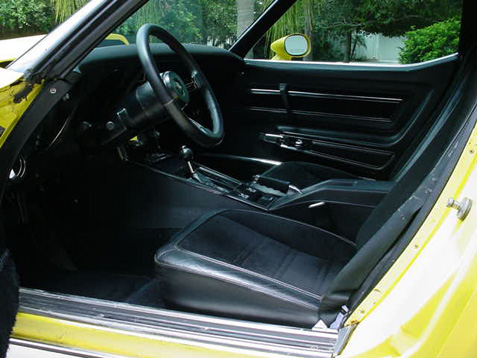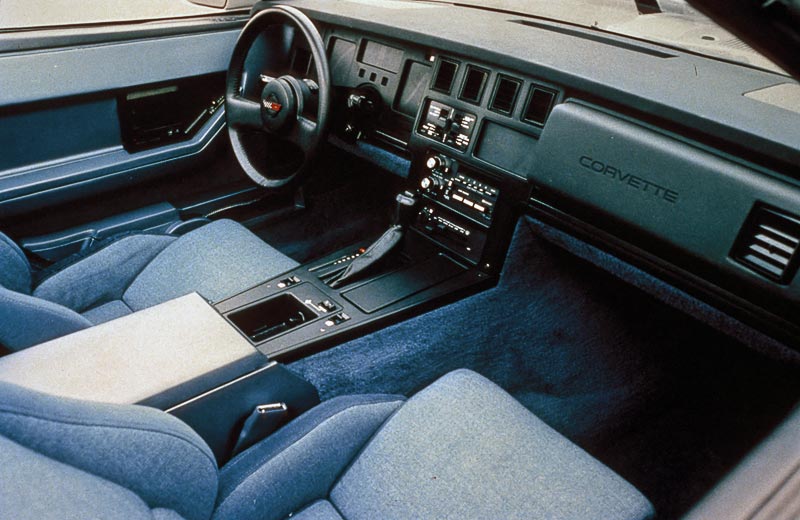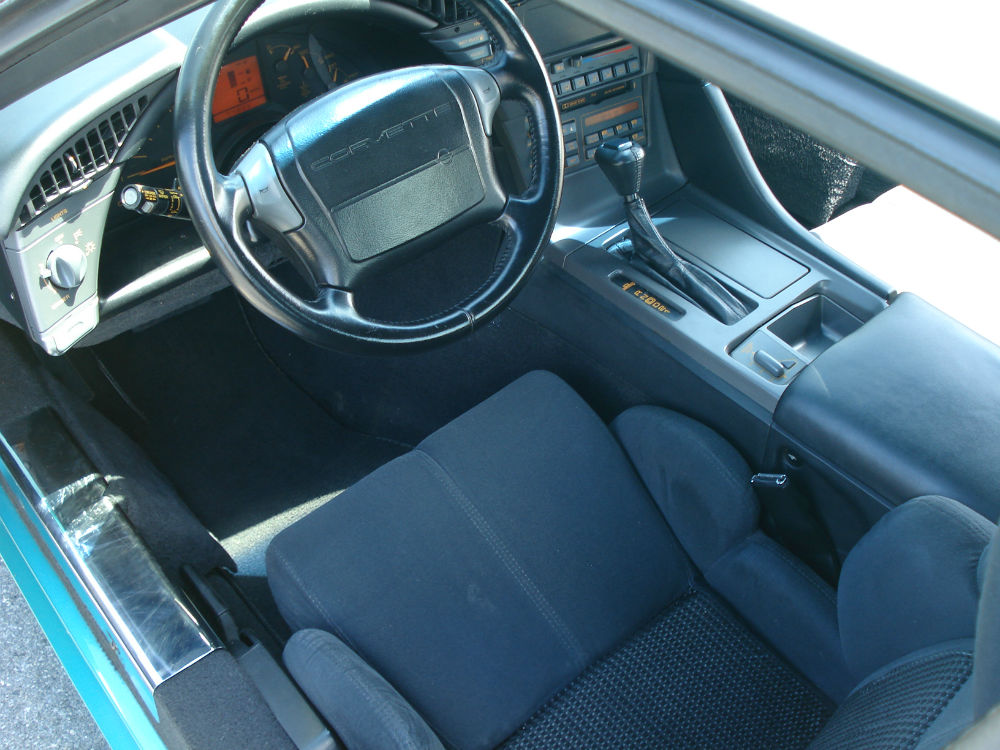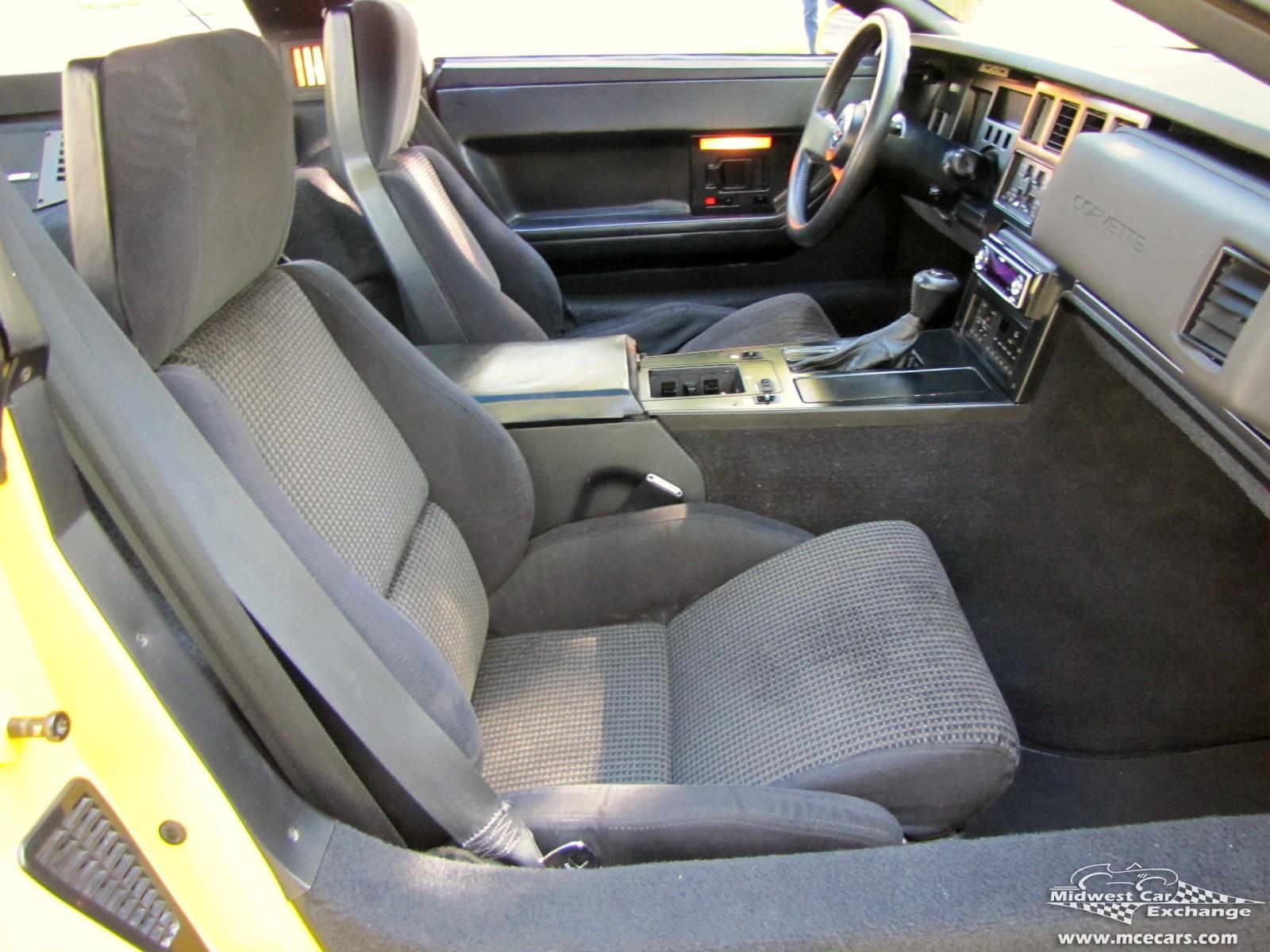The 2015 Corvette has a variety of configurations – engine/transmission, performance exhaust, sound system upgrades, and much more, but classic Corvette restoration projects have a variation that you won’t see any longer in modern Corvette culture. Some might consider that a blessing in disguise, but to purists, especially where interior authenticity is sought after, it cannot be overlooked. No, we’re not talking about dashboards, or lighting systems, but rather Cloth seats. Whether you realize it or not, cloth seats were in fact an option ‘once upon a time’, so there is no mistaking the fact that Corvette restoration projects can, and sometimes do include restoring to factory specs, where some might not consider the factory specifications to be truly “Corvette worthy”. To the new enthusiast or a brand new Corvette owner, the idea of cloth might seem like a step down or backwards in the styling they seek, but cloth seating as original components have been around for almost as long as the original Corvette itself.
First introduced in in 1977, factory cloth seats were considered a good baseline model for which, yes, leather would certainly be considered an upgrade, but when restoring a Corvette to its original configuration, a cloth C3 configuration is incredibly valuable. Original cloth seat covers were actually leather seats with cloth inserts, which came in 6 optional colors. From 1978-80, Corvette seats were still being made with cloth inserts, but color options were decreased. Towards the end of the C3 era, the seats were made entirely out of cloth, again, having as many as 6 different colors to choose from – charcoal, medium red, camel, dark blue, silver and finally, medium cinnabar.
Following the end of the C3 era, the C4 Corvettes held on to the tradition of having cloth seats as a baseline, standard option, with leather seats being an upgrade. Of course, many Corvette owners, then and now, consider the idea of cloth as less than desirable, but this had a more positive impact on the Corvette’s value with a cloth configuration than could have been foreseen in the early 1980s. Primarily, the standard was to opt for the more expensive leather seats, this meant less numbers of original Corvettes with cloth seats, thereby increasing the rarity of those configurations and subsequently, increasing both their intrinsic and historical values. Take for example, the 1990 C4 Corvette, there were only 540 original cloth seat configurations made for that model year, compared with the overall 26,412 models made in production that year. That represents a little over 2% of the entire model run for 1990.
The reasoning behind including cloth seats at the time made sense to many shoppers, it lowered the entry price during a time when gas prices were making owning a high performance vehicle less palatable for some, plus there was much discussion about the heat from the vinyl leather seats, and sliding around on the leather seats, which was not a problem with cloth seating. All arguments, pro and con, regarding cloth seating seemed to fade in the face of both a lack of interest and need and finally the cloth seating standard was removed finally from the Corvette line in 1994. Since cloth seats have been completely absent from the Corvette lexicon for over 20 years now, it makes the original restoration of these classics even more important and valuable today.
Depending on what you have for your C3/C4 restoration project, you may see a cloth seat restoration as beneath you, but in reality, the scarcity of these models makes them even more potentially valuable, not less. We like leather seats in Corvettes as much as the next enthusiast, but in the end, what makes a restoration project special isn’t necessarily just what we want to do with it, but rather keeping the project true to the original time period, the configurations of that era and finally to the Corvette brand itself. Whichever way you choose cloth seats in Corvettes were around for a fairly significant period of time and we can’t look forward without paying our respects to our past.




Speak Your Mind